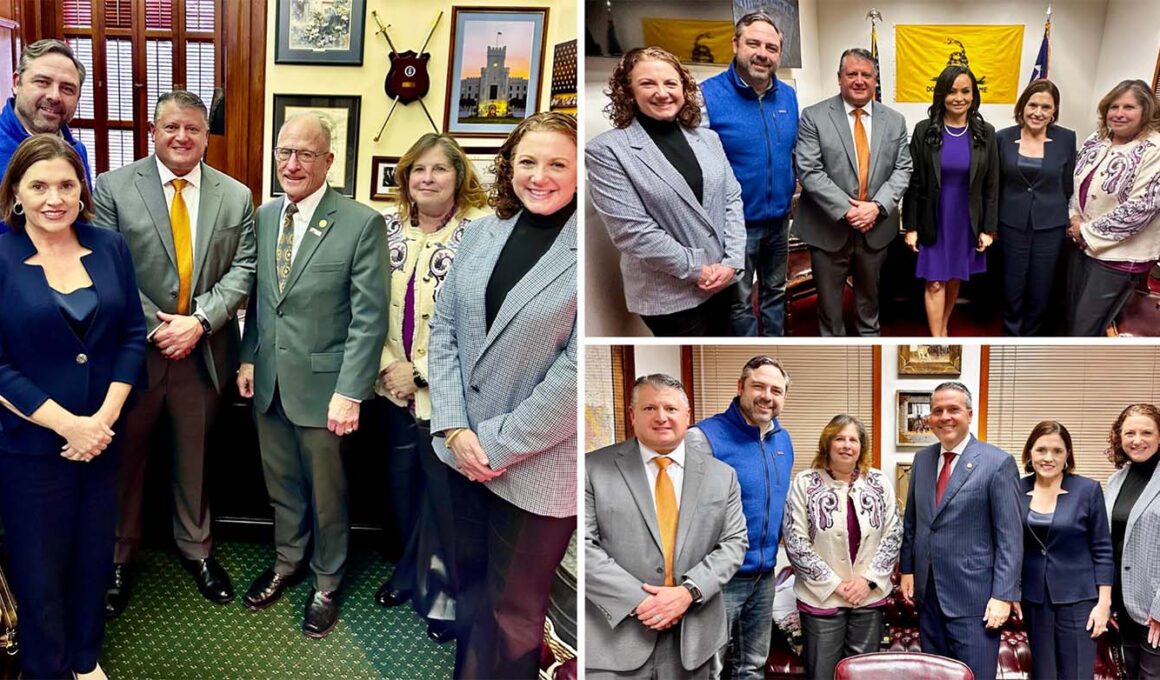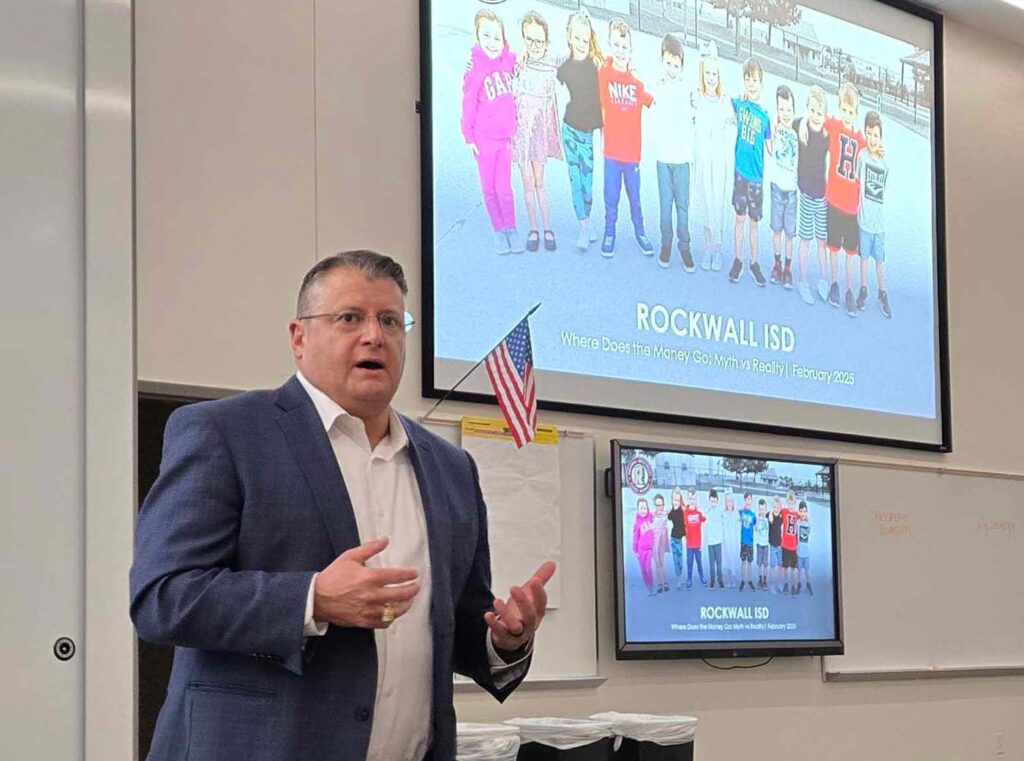Recently, Rockwall ISD hosted a series of informational sessions titled “Myth vs. Reality: Where the Money Goes,” aimed at educating the community about the financial realities of our public schools. Led by Superintendent Dr. John Villarreal and Senior Chief Financial Officer David Carter, these presentations dispelled common misconceptions and provided a transparent look at how funds are allocated.
Breaking Down the Numbers
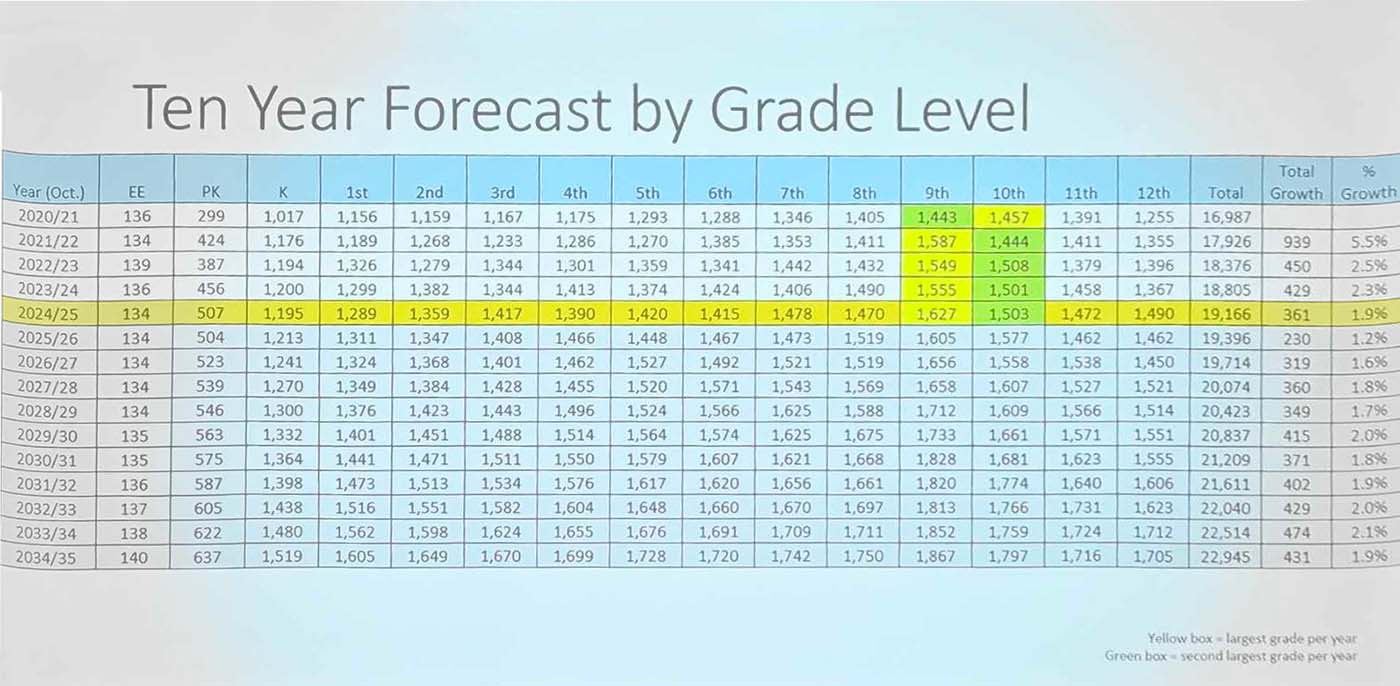
Where Does School Funding Come From?
One of the biggest takeaways from the sessions was understanding where school funding actually originates and how it is spent. Many assume districts have ample resources or hidden funds, but in reality, public schools face growing financial challenges due to outdated funding models and rising costs.
According to the presentation, Texas public school funding primarily comes from three sources:
- Local property taxes – The largest contributor to school budgets.
- State funding – Has not kept up with inflation.
- Federal funding – Typically earmarked for specific programs.
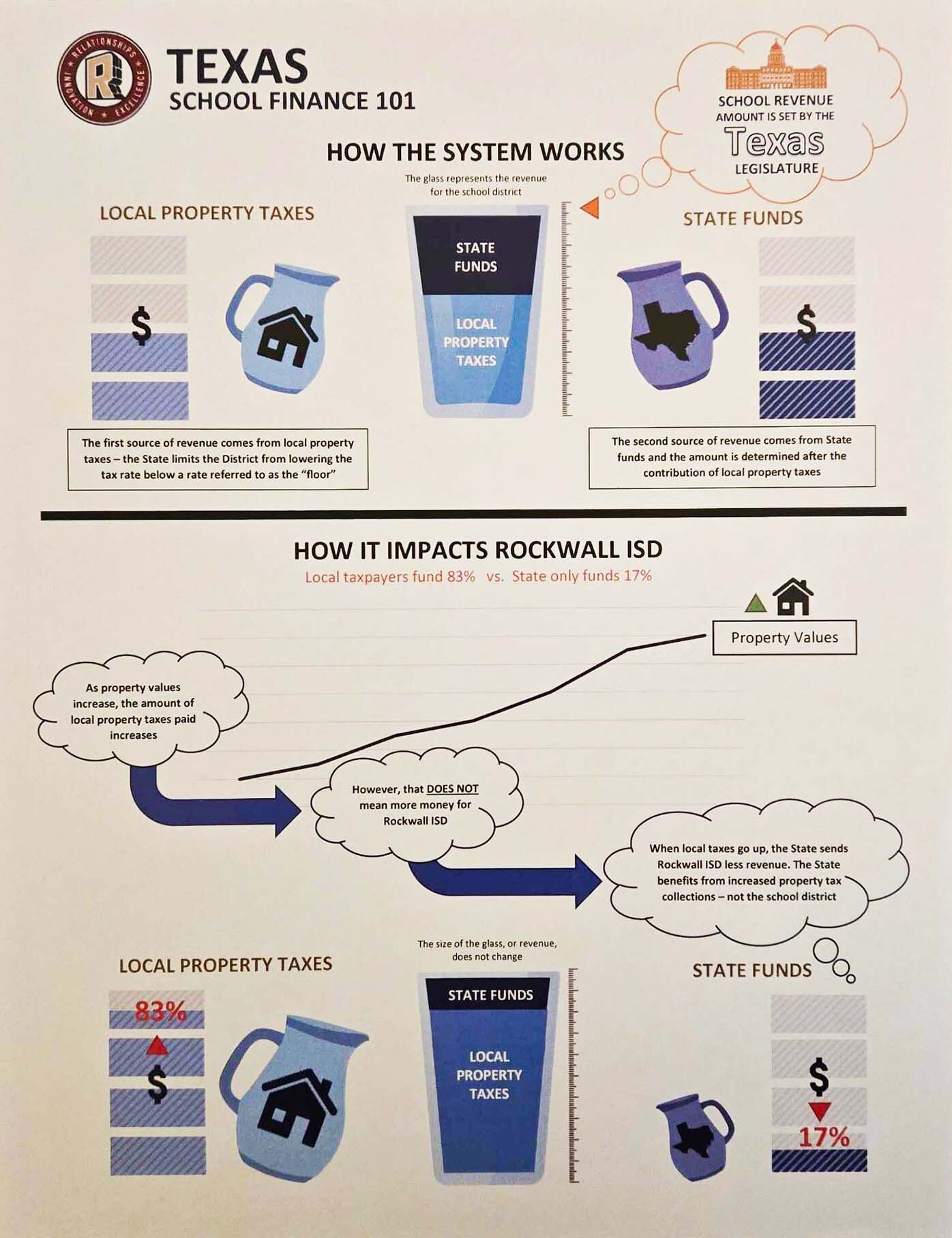
While local taxpayers contribute heavily, the state’s share of funding has decreased over time, leaving districts to cover more costs. The session highlighted that public schools are required to meet increasing state mandates without full financial support from the state.
Rockwall ISD’s Growth and Efficiency
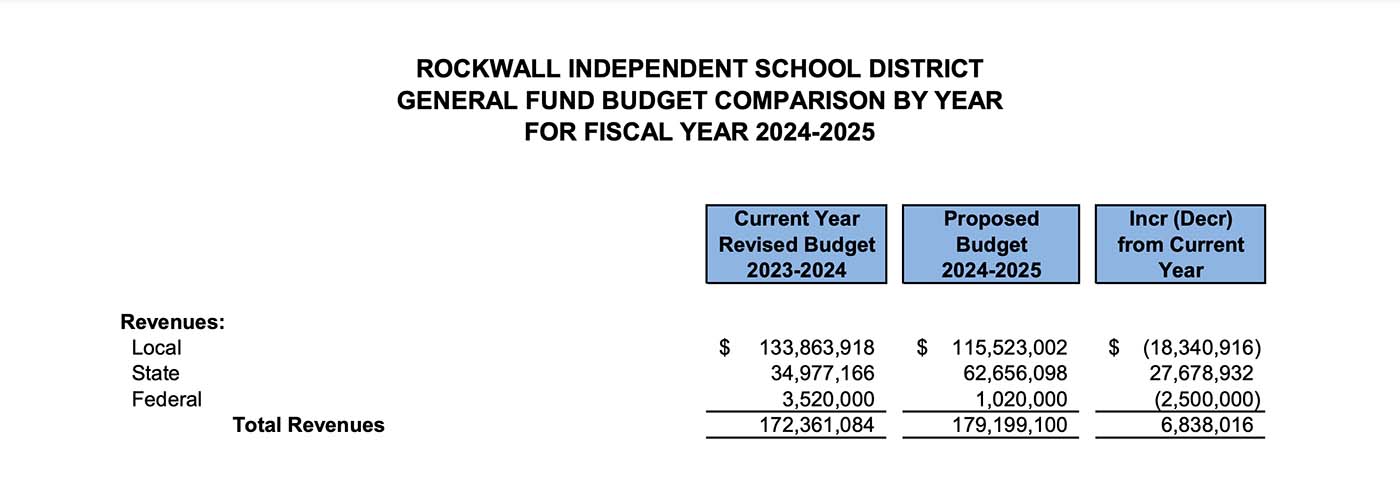
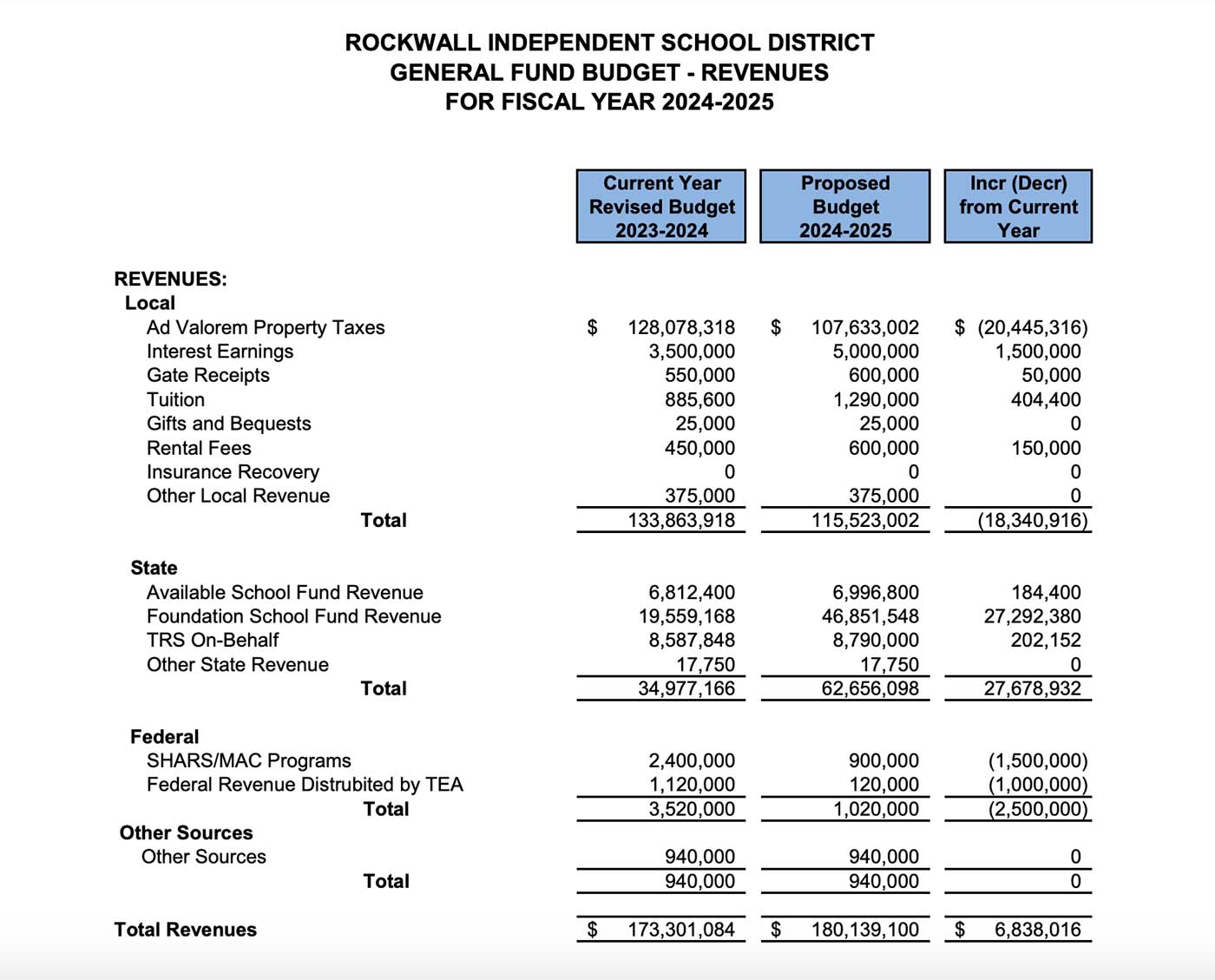
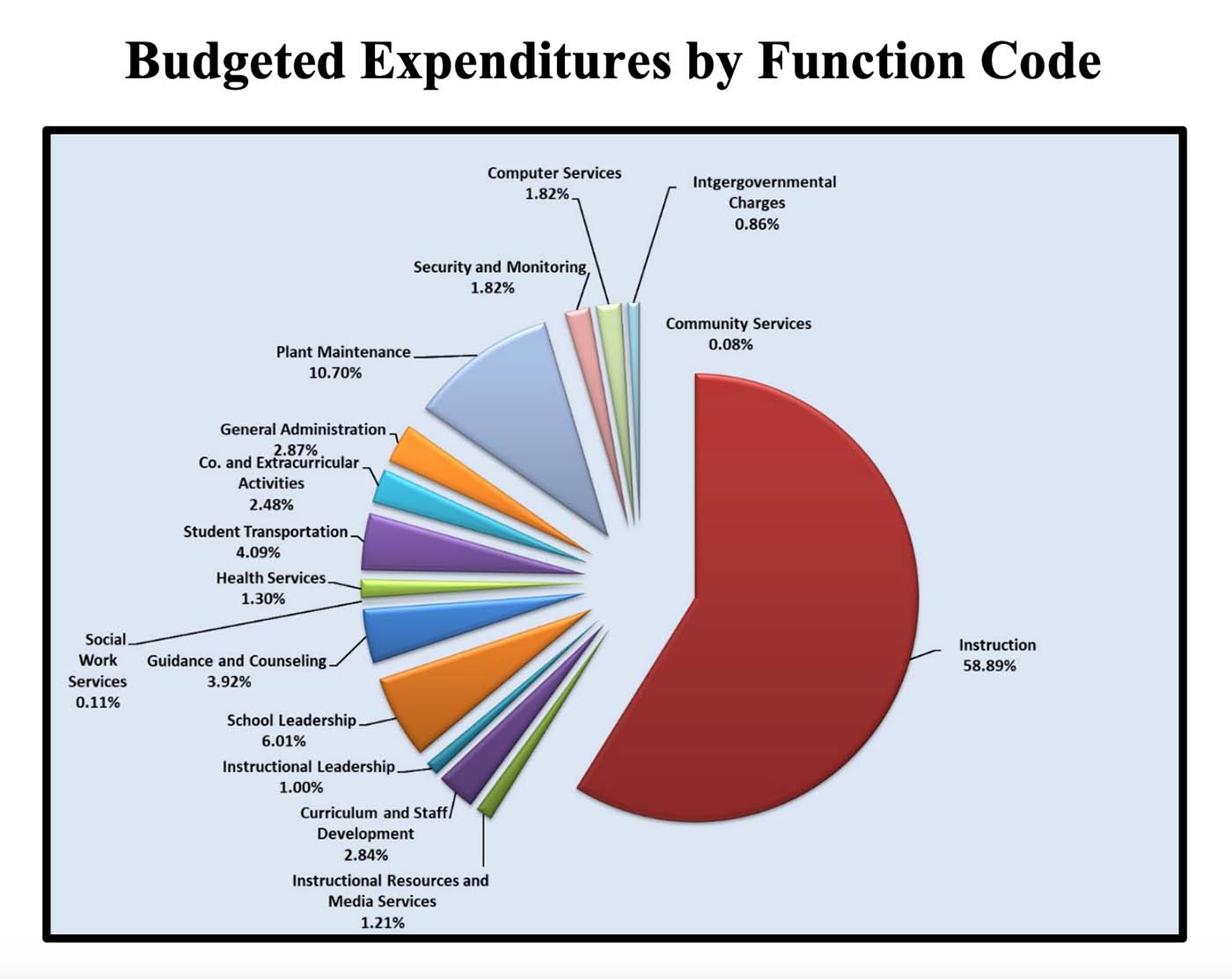
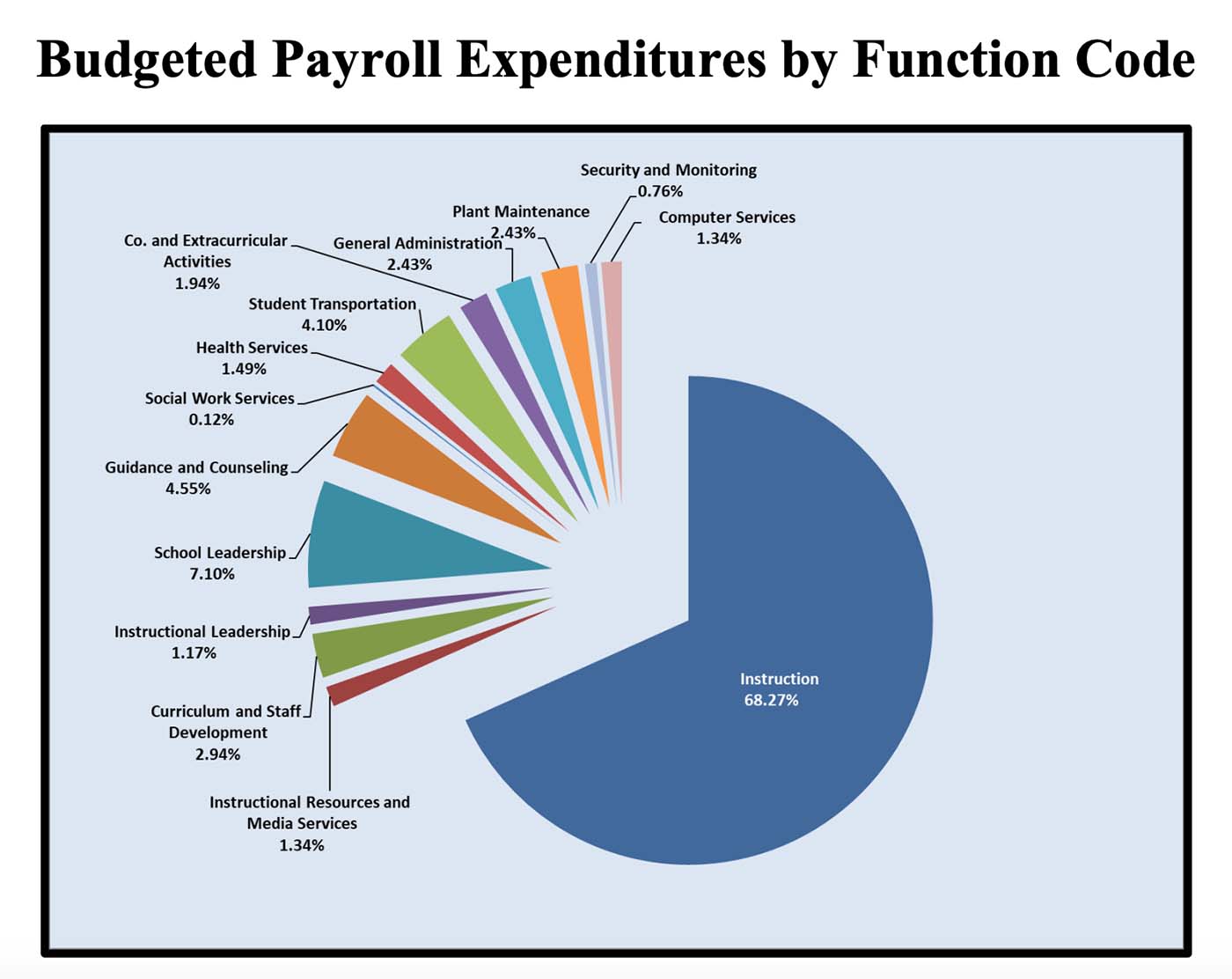
Over the last 10 years, Rockwall ISD’s student enrollment increased by 28.5%, and the number of teachers increased by 28.7%, keeping class sizes efficient. Meanwhile, central administration positions remained nearly the same, increasing only 0.1%, with central administration costs actually decreasing by 23%.
The district maintains an efficient student-to-teacher classroom ratio and has approximately 35 teachers and 571 students per administrator.
Understanding Recapture: The “Robin Hood” Policy

One of the most controversial aspects of Texas school finance is recapture, commonly known as the “Robin Hood” system.
In Texas, property-wealthy school districts must send a portion of their local tax revenue to the state, which then redistributes these funds to property-poor districts.
While the system aims to promote equity, it limits local control and forces districts like Rockwall ISD to share locally raised funds instead of reinvesting them directly into their own students.
VATRE: What It Means for Rockwall ISD
Many Texas school districts, including Rockwall ISD, are now considering a Voter-Approval Tax Rate Election (VATRE) as a way to generate revenue for teacher salaries, student programs, and essential resources.
Did you know?
✔ 97% of Rockwall ISD students in grades 7-12 participate in Fine Arts, Athletics, or Career & Technical Education programs.
✔ Rockwall ISD offers 51 industry-based certifications to prepare students for career success.
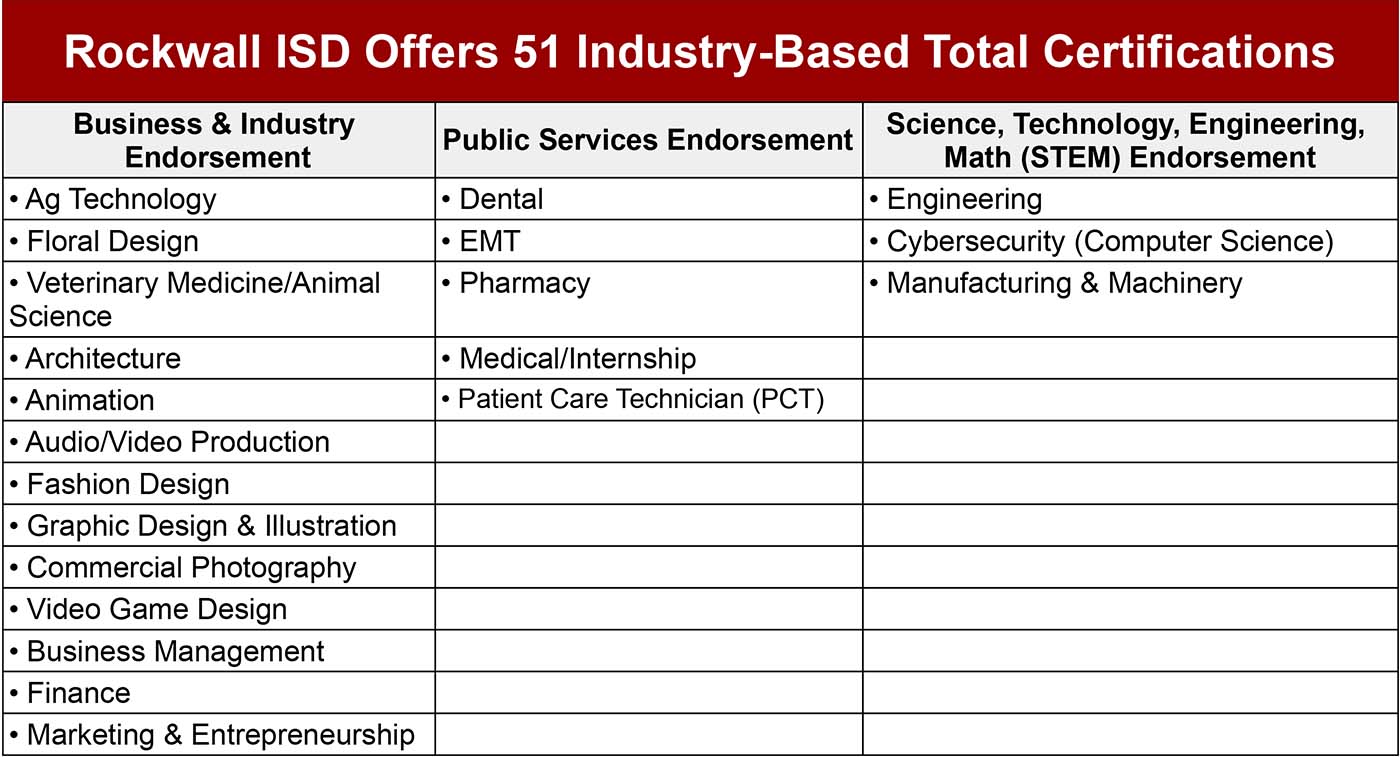
Legislative Priorities: What Needs to Change?
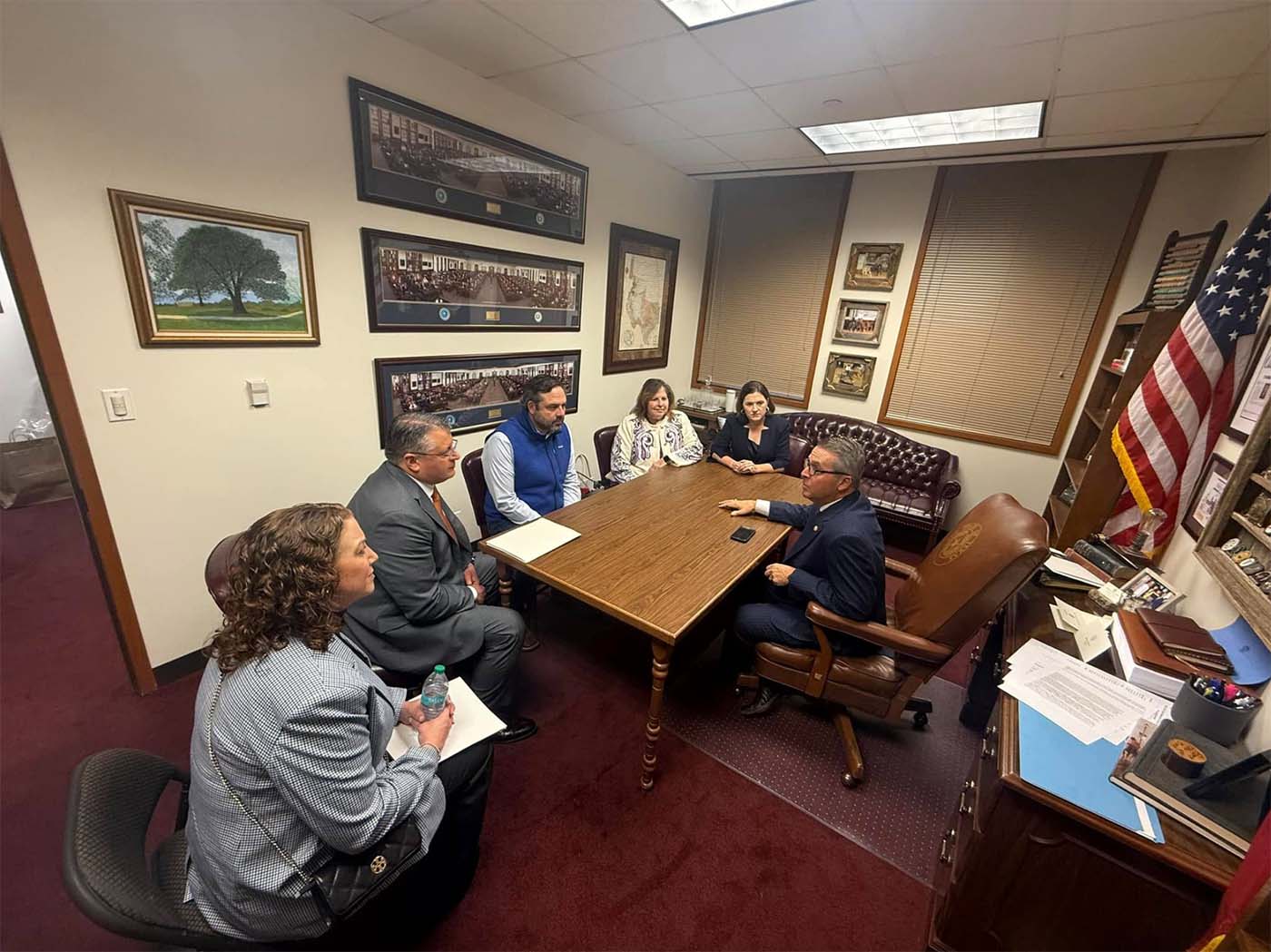
Rockwall ISD leaders outlined several critical legislative priorities to address funding shortfalls and support student success:
1. Fully Fund Public Schools
The per-student allotment in Texas has remained stagnant at $6,160 since 2019, despite rising operational costs. Leaders are advocating for an increase to $7,655 per student—an adjustment of $1,495 per student to match inflation.
2. Fully Fund School Safety
Texas now requires at least one armed security officer per campus, but the state did not provide full funding for this mandate. Proper funding is essential to ensure both safety and financial stability.
3. Fully Fund Special Education
Texas underfunds special education services, forcing school districts to compensate for the shortfall. Additional state funding is necessary to provide students with disabilities the resources they need.
4. Implement an Inflation Adjustment Factor
Just as the cost of living increases, so do the costs of running a school. Tying the basic allotment to an inflation index would prevent schools from falling behind financially.
5. Repeal the A-F School Grading System
The A-F school grading system relies heavily on STAAR testing, which many educators and parents believe unfairly measures school performance. Districts support diagnostic assessments that track student growth in reading, writing, and math rather than a single high-pressure test.
Education Savings Accounts (ESAs) vs. Public School Funding
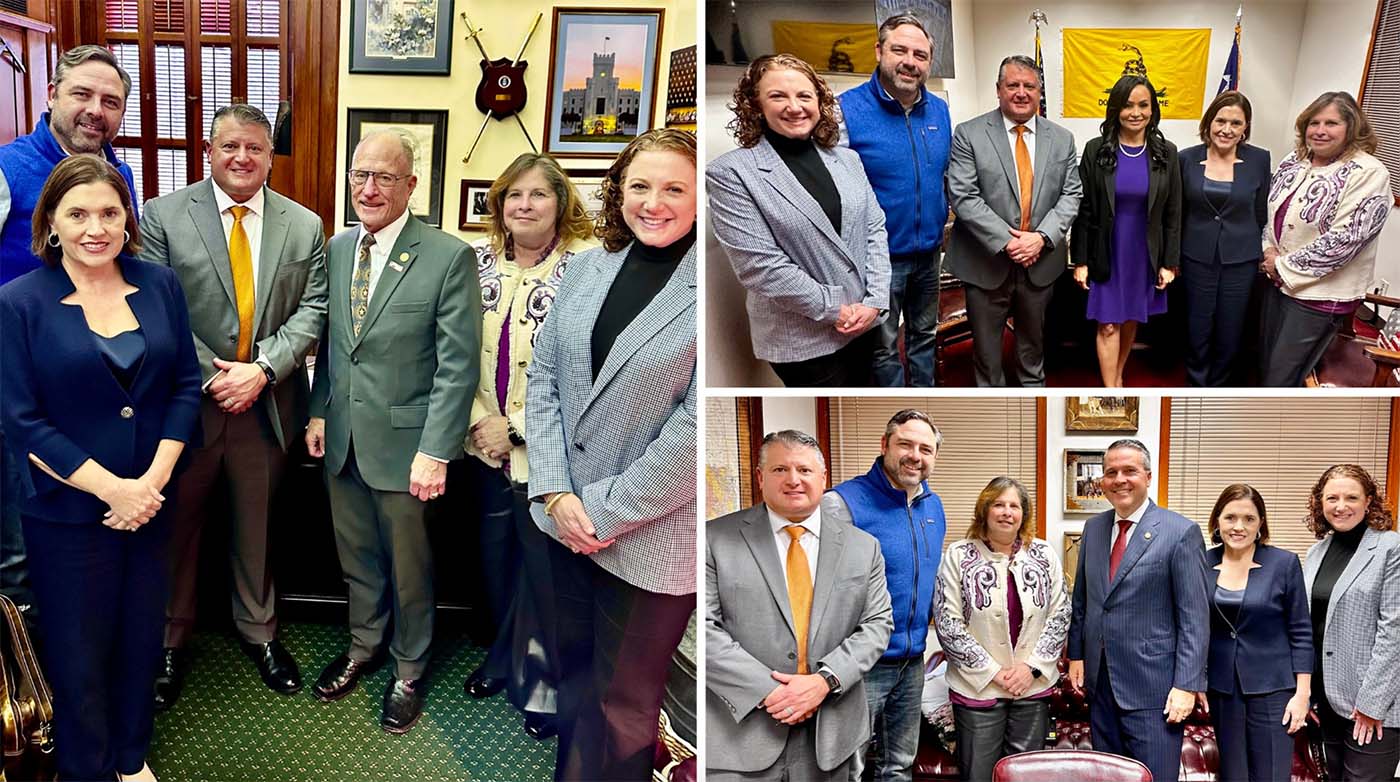
While public schools continue advocating for adequate funding, the Texas Legislature is prioritizing Education Savings Accounts (ESAs)—a voucher-like program that redirects taxpayer dollars to private and homeschooling expenses.
Public school students—who make up the vast majority of Texas learners—are still waiting for lawmakers to address funding gaps, security needs, and special education shortfalls.
Why Your Voice Matters
The financial health of Rockwall ISD directly impacts students, teachers, and the entire community. Now is the time to advocate for change by contacting Texas legislators and urging them to prioritize public school funding in this legislative session.
The financial health of our public schools directly impacts students, teachers, and the entire community. Now is the time to advocate for change by reaching out to legislators and urging them to prioritize public school funding in the upcoming legislative session.
Rockwall ISD by the Numbers:
📌 One community, five cities, 25 campuses, and 19,346 students.
📌 22 consecutive years of ‘A’ Superior Ratings in the Texas School Financial Integrity Rating System.
📌 Strong credit ratings from Moody’s and S&P—a testament to Rockwall ISD’s responsible financial management.
Rockwall ISD has provided the facts—now it’s up to us to take action.
What’s Next in the Legislative Process?
Unlike other pieces of legislation, which cannot be passed until after Friday, March 14—the 60th day of session—the Governor’s emergency items can bypass this restriction. In the last legislative session, Education Savings Accounts (ESAs) were the Governor’s top emergency priority, meaning they received immediate attention and fast-tracked consideration.
Every legislative session, around 7,000 bills are filed, with roughly 1,000 related to public education. However, only about 10% of education bills make it through the full legislative process. This means these next 100 days will be critical for shaping the future of Texas public schools.
Key Legislative Dates
- March 14 – Deadline to file bills.
- March–May – House votes on the General Appropriations Act.
- March–May – Committee meetings, floor debates, and conference committees.
- June 2, 2025 – Final day of the legislative session. (Sine Die)
The first 60 days of the session are focused on bill filing and committee hearings. As the session advances, floor debates will intensify, leading up to the final push before Sine Die. Any bill that hasn’t cleared both chambers by this deadline will not become law, unless reconsidered in a Special Session called by the Governor.
As the filing deadline approaches, the Capitol’s energy will surge, with House and Senate committees reviewing hundreds of hours of testimony from state agencies, organizations, and passionate advocates. By May, most bills will have either advanced or faced key deadlines that could end their progress. The final weeks will be a make-or-break period, with intense floor debates and votes as legislators race to pass their priorities.
Stay Focused on the Priority: Fully Fund Public Schools
The most impactful way to support public schools is to advocate for increased state funding for students, teachers, and education programs. A top priority is raising teacher pay to address critical recruitment and retention challenges.
Texas teachers are the backbone of our education system, and their working conditions directly impact student success. However, teacher shortages, overcrowded classrooms, and a growing reliance on uncertified teachers are putting the future of public education at risk.
The House Committee on Public Education needs to hear from us. Now is the time to contact legislators and demand action for fully funded public schools that support both students and educators.
Contact the House Committee on Public Education
 Chair: Rep. Brad Buckley
Chair: Rep. Brad Buckley
Vice Chair: Rep. Diego Bernal
Members:
• Rep. Alma Allen
• Rep. Trent Ashby
• Rep. John Bryant
• Rep. Charles Cunningham
• Rep. Harold V. Dutton, Jr.
• Rep. James B. Frank
• Rep. Gina Hinojosa
• Rep. Todd Hunter
• Rep. Helen Kerwin
• Rep. Jeff Leach
• Rep. Terri Leo Wilson
• Rep. Alan Schoolcraft
• Rep. James Talarico
Let me know your thoughts in the comments below or send me an email—I’d love to hear from you!

